Actually, I didn’t really plan on writing another report this weekend, and this one won’t be that long either (note after finishing: muahaha… *lol*). But I guess I can come up with a few sentences about the “fan weekend” after all!
First of all, as a short explanation: Yes, I saw the play four times now. And yes, that IS a lot – it wasn’t really planned like that, however. Originally, I had planned to see it twice in order to be able to really understand it. But then, there was the choice between the weekend with the premiere and the fan weekend, and different people bought the tickets – so each bought two tickets of course, because we wanted to see it twice, right? =;-) And hey, no doubt: best decision ever! I had been a bit skeptical beforehand… four times is a lot. But no, the play was so impressive and great that I would love to see it even more often! Actually, I’m currently looking at the Oslo dates, trying to figure out if I can somehow squeeze in one of the dates there… =;-)
What was really interesting to see was how much the shows differed. Of course, everything that happened was exactly the same each day – but there were small differences in the details. There were some things that you just didn’t notice every time, and others that were a little bit different every time! Also the wording of what the actors said differed quite a bit, which is something I hadn’t expected. And what I found particularly impressive was how sometimes, you suddenly saw something completely new on stage, even though it had been the same (presumably) during all other shows before, but you just didn’t notice at all. So I got to see some new stuff also during my fourth visit! Plus, there were so many small details that you might have noticed before, but suddenly you understood that they actually do have a meaning after all. For example (SPOILER WARNING!), Monello dies in Djevelens Orkester when Lucifer blows her breath in his face. Vicente, however, survives – why doesn’t she kill him as well? Well… he’s still wearing his gas mask, while Monello lost it! Or the rosary that Victoria gives to Sonny in the beginning and which obviously protects him from Lucifer resp. death, until he throws it at Victoria’s feet – and is shot two seconds later.
Another interesting part was that there are obviously “good” and “bad” shows. The second fan show was much worse in quality than the other shows – no idea why, but some jokes and some parts with important content were quite unclear and didn’t get as much focus as during other shows. This didn’t hurt the overall impression at all; but I thought it was interesting to see how much you notice something like that when you’ve seen other shows before. But what was really impressive, in turn, was the audience’s reaction after the fan shows. I mean, the audience at the premiere was really enthusiastic, but this time: Wow! Of course, that was an audience that is used to concerts. So they didn’t just clap, but scream as well. And overall it was so much louder than at the other shows – and you could see that in the reaction of the actors as well. They seemed totally blown away – so nice! =:-)
So, now a bit about the special parts of the fan show: On both nights before the play started, Helge came on stage and played the piano for a bit until Tore Renberg, Geir Zahl, and Vegar Hoel (Sonny) joined him on staged and were interviewed by Jan Zahl. Guess there’s no reason to mentioned that on the second night, Tore banged shut the stage door just when Geir was about to come out… uh, oops, too late to not mention it.*g*
This interview was definitely really entertaining! It was a bit more “formal” the first night and much funnier and more relaxed the second night. Contentwise, there wasn’t really a lot of new information, but it still was very interesting! Even though most answers didn’t really contain clear statements – for example, Geir has no clue how the Kaizers universe actually came about (“There’s only one man who knows, and he’s not here.”); the history and all in all most decisions about the play just “happened” somehow, in a cooperation between Tore and Kaizers, and there was no clear structure who was responsible for what. Tore, as fan of the band, pretty fast got a good idea about what especially Janove wanted to see in the play; mainly, it should contain the three parts of war/resistance, mafia, and “after the war” (which is quite logical, since these are what the three albums are about, respectively). Of course it was a risk for Kaizers to give control of the play into someone else’s hands, but it wasn’t too bad, since they knew Tore as a fan and they could contribute quite a bit. In addition, they recorded the music, and the actors took over the singing only. After Tore delivered the play, it still changed quite a bit of course when the actors started working with it.
After that, it was time for questions from the audience – on the first night, Jan caught the audience off-guard with that so there were hardly any questions. Of course I was prepared the second night… and Jan asked exactly the question I wanted to ask, almost word by word, as the first “official” question. No fair! *lol* Basically a chicken/egg question: Did they decide beforehand which songs should be included, or was it the story that came first, and then they used the songs that fit in? Again, the answer was somewhere in the middle; there were a few songs that HAD to be in the play, of course, but there were some songs as well that they wanted to use but just couldn’t fit in.
In the end, there was a bit of kidding with Helge (who of course did NOT answer the question he was asked), and then it was time to start the play! On the first night, Helge and Geir were in the audience to watch again, before they signed programs and posters for the randomly selected winners during the break. The second night, they disappeared right after the interview. That and the fact that Janove wasn’t there at all (even though that was promised when the tickets were sold) was criticized by some fans. And rightfully so – even though it was absolutely understandable as well that Janove deserves a free weekend once in a while and that Geir and Helge might not be so enthusiastic about everyone flooding them with autograph and photo requests… still, that wasn’t really “fair”, because it was advertised differently.
We didn’t mind at all though. These were the fan shows, so there were so many many nice people there which we finally got to meet again (hey, the last tour was more than a half year ago already! *gg*), and of course we concluded the night at Cementen. The result: A huge part of the Kaizer fan family in one place, lots of discussions about the play, first plans for the upcoming tour, and of course a lot of old stories and joking around. Hach… soooooo nice! =:-)

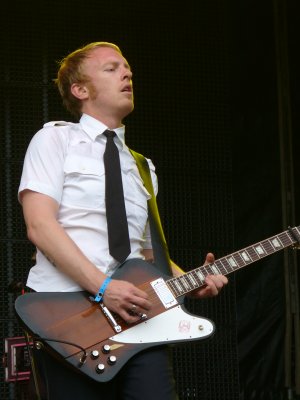
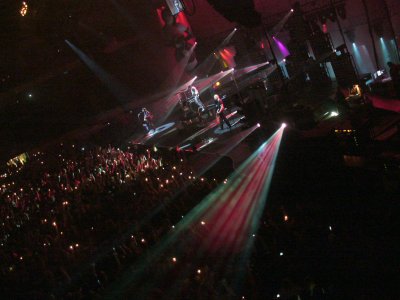
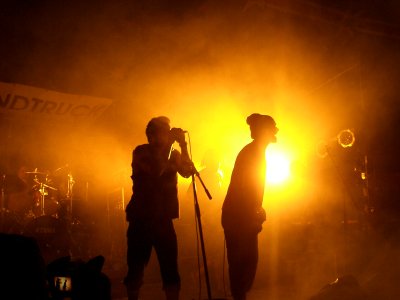
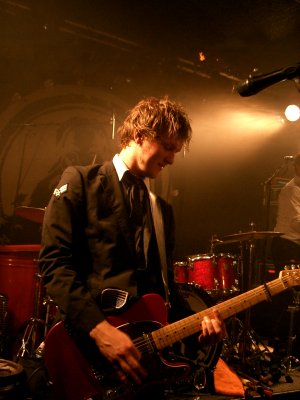

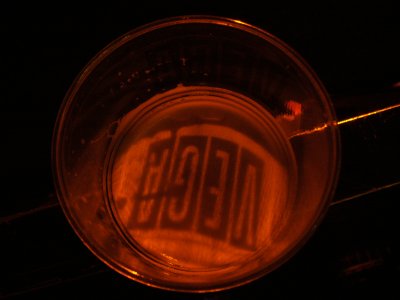
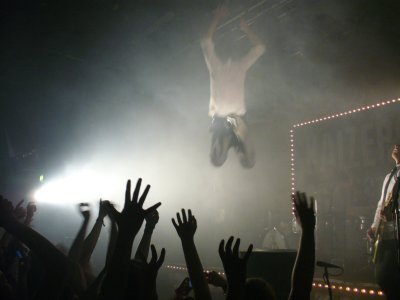
 DE
DE